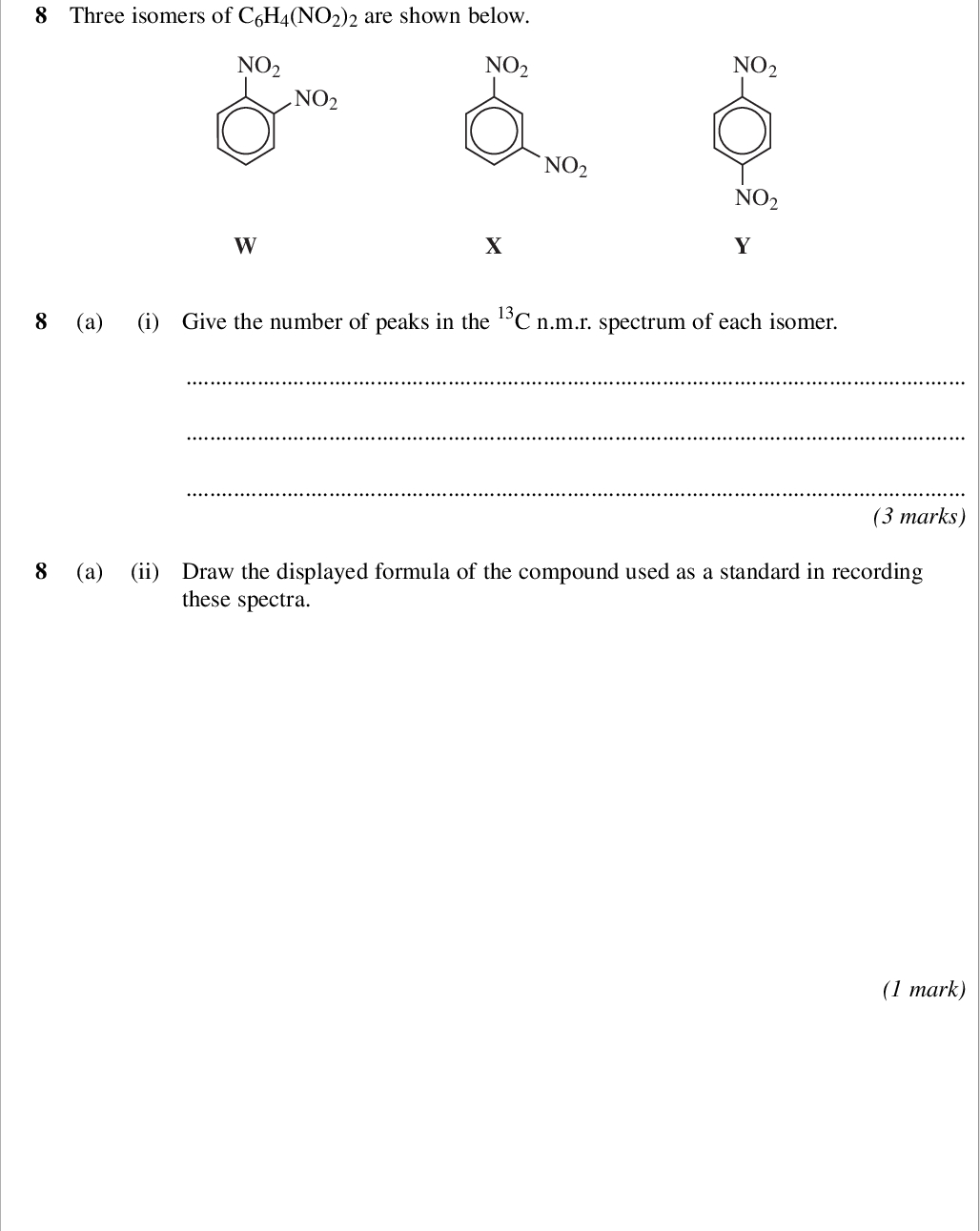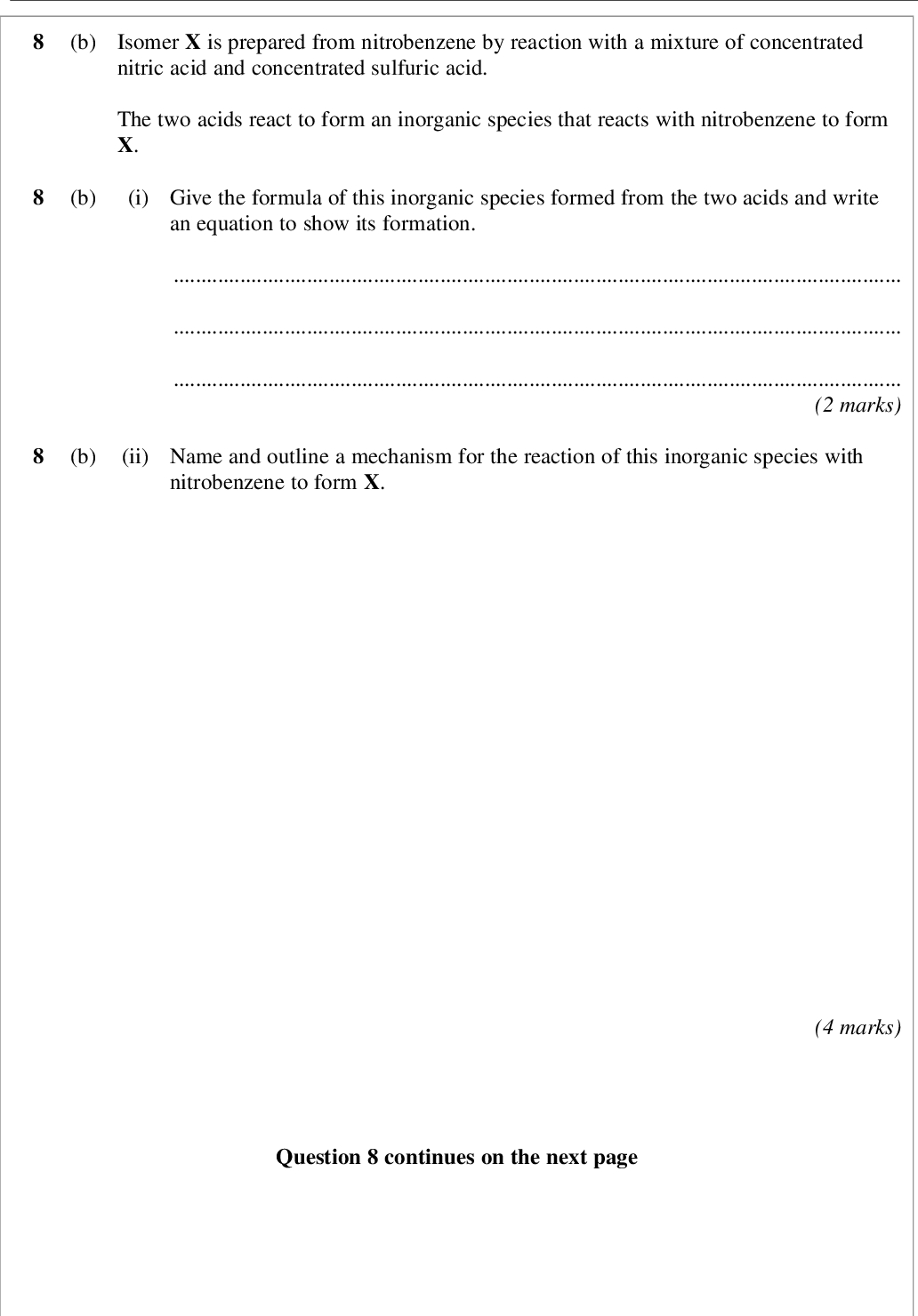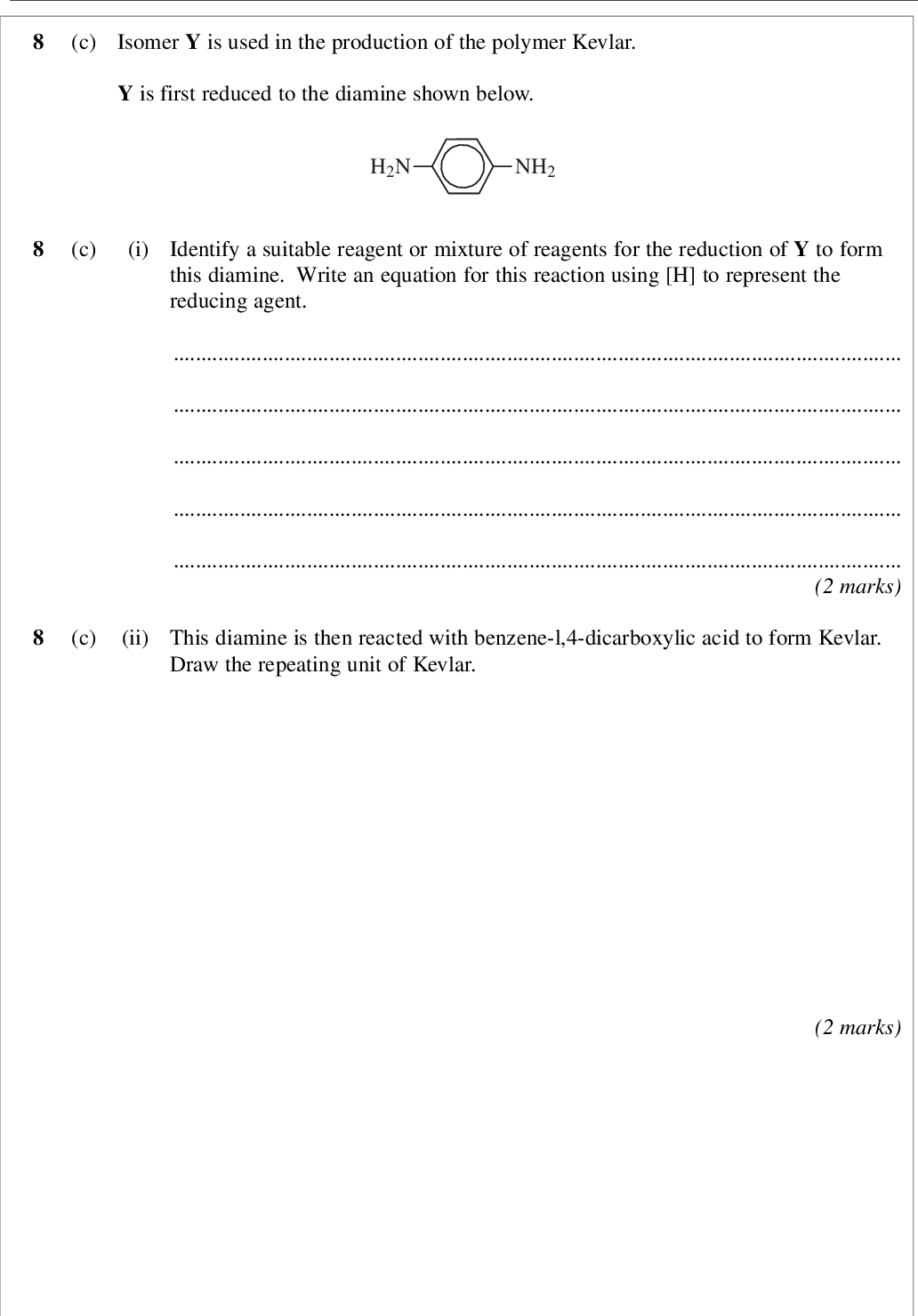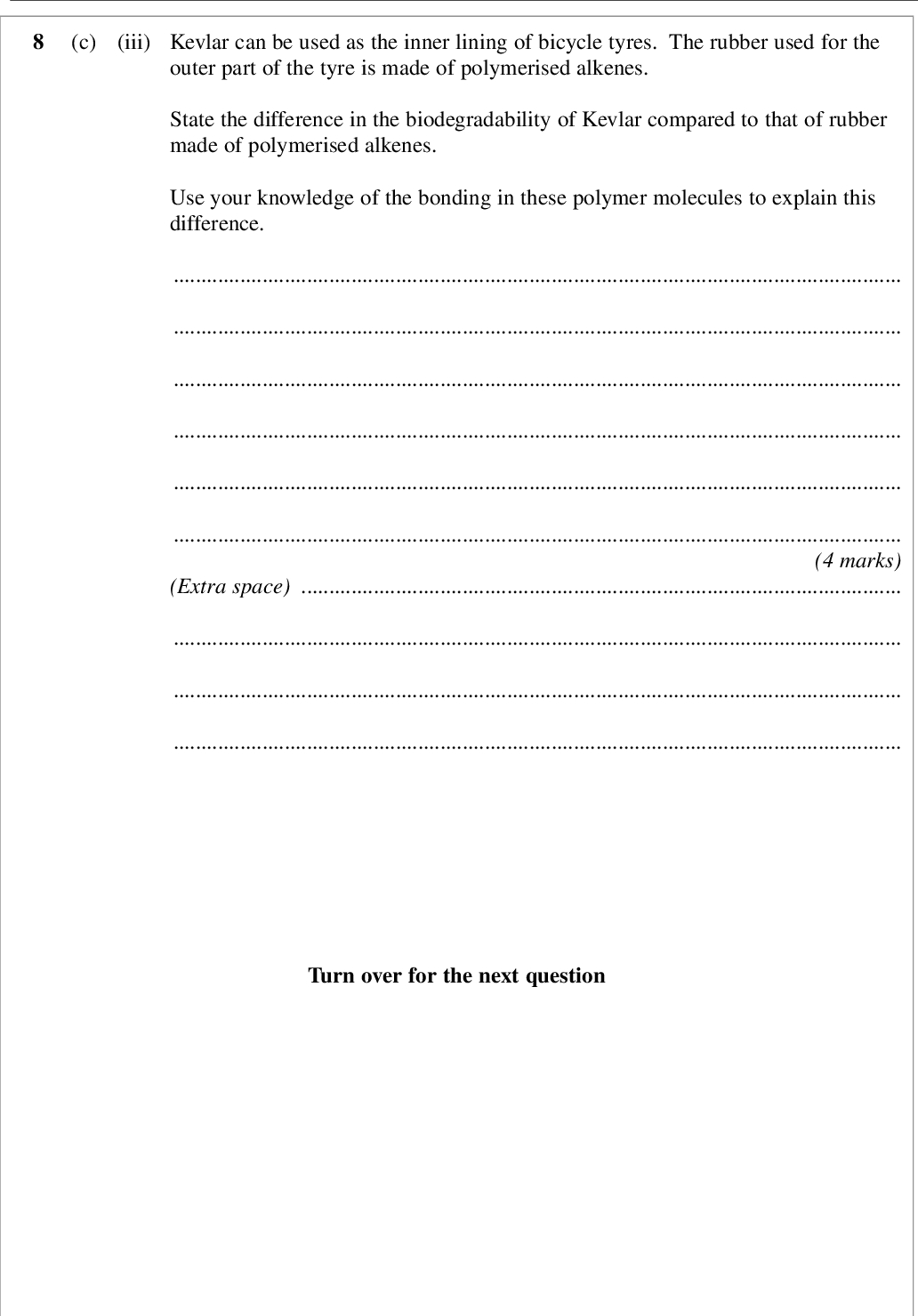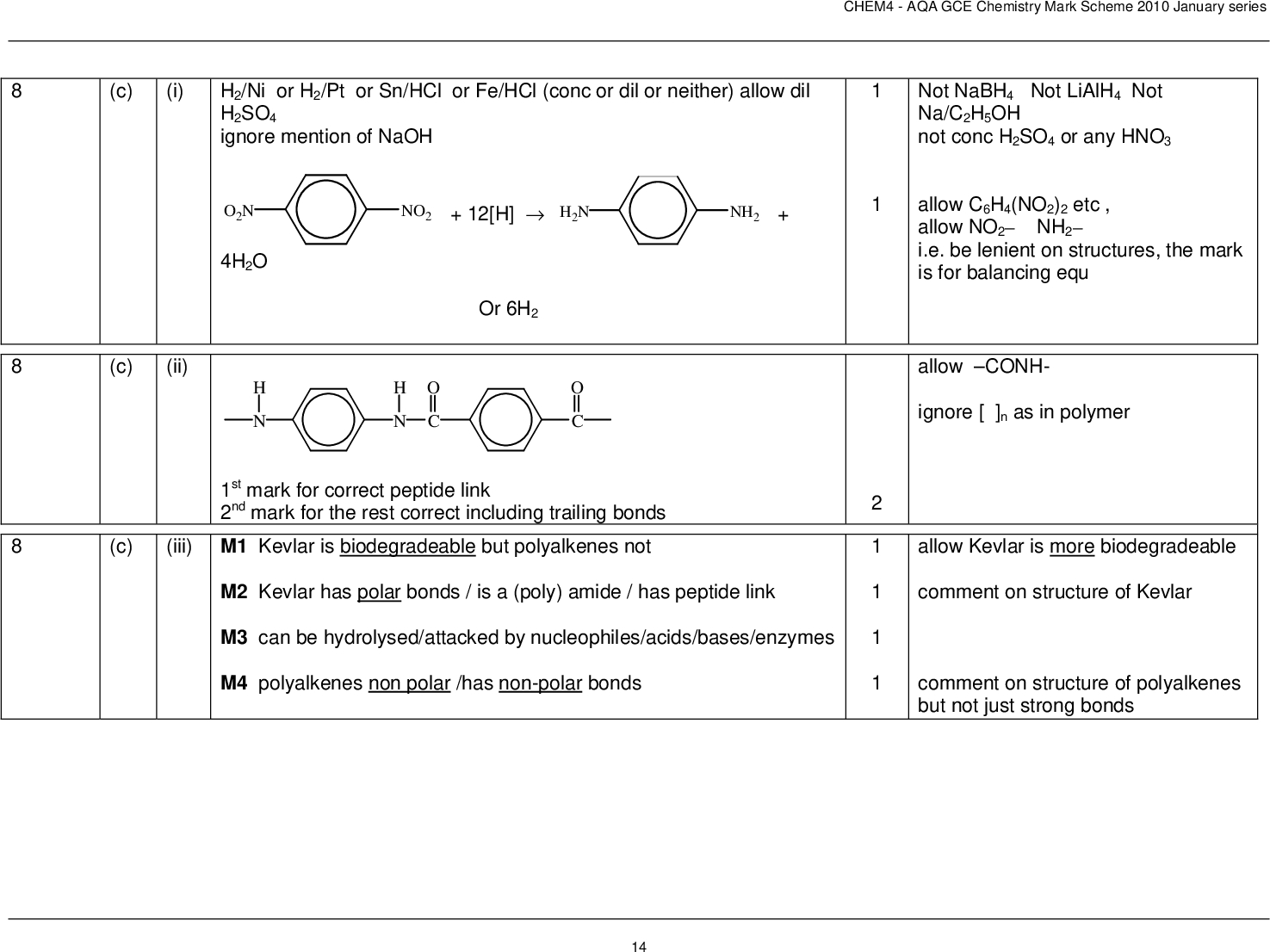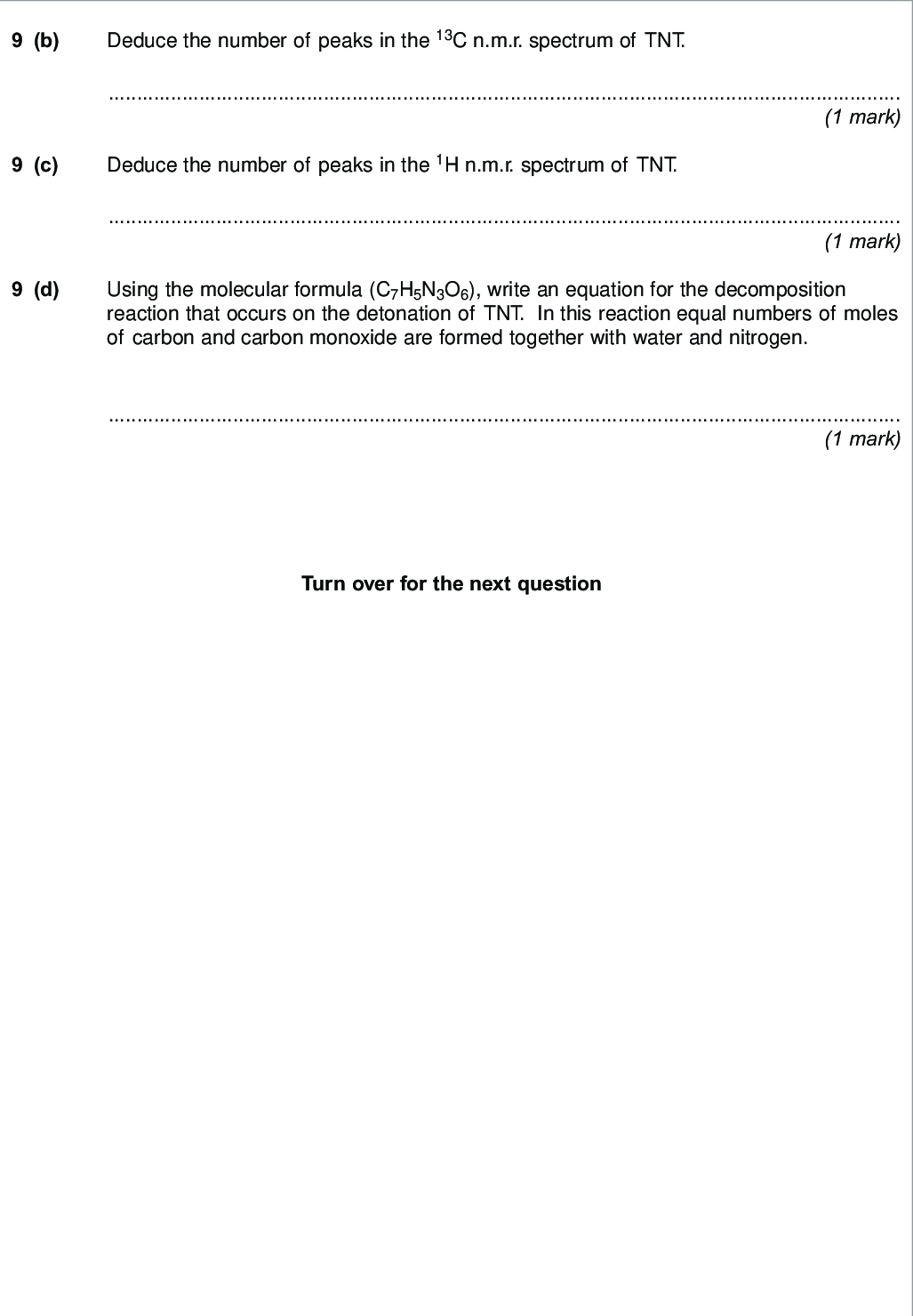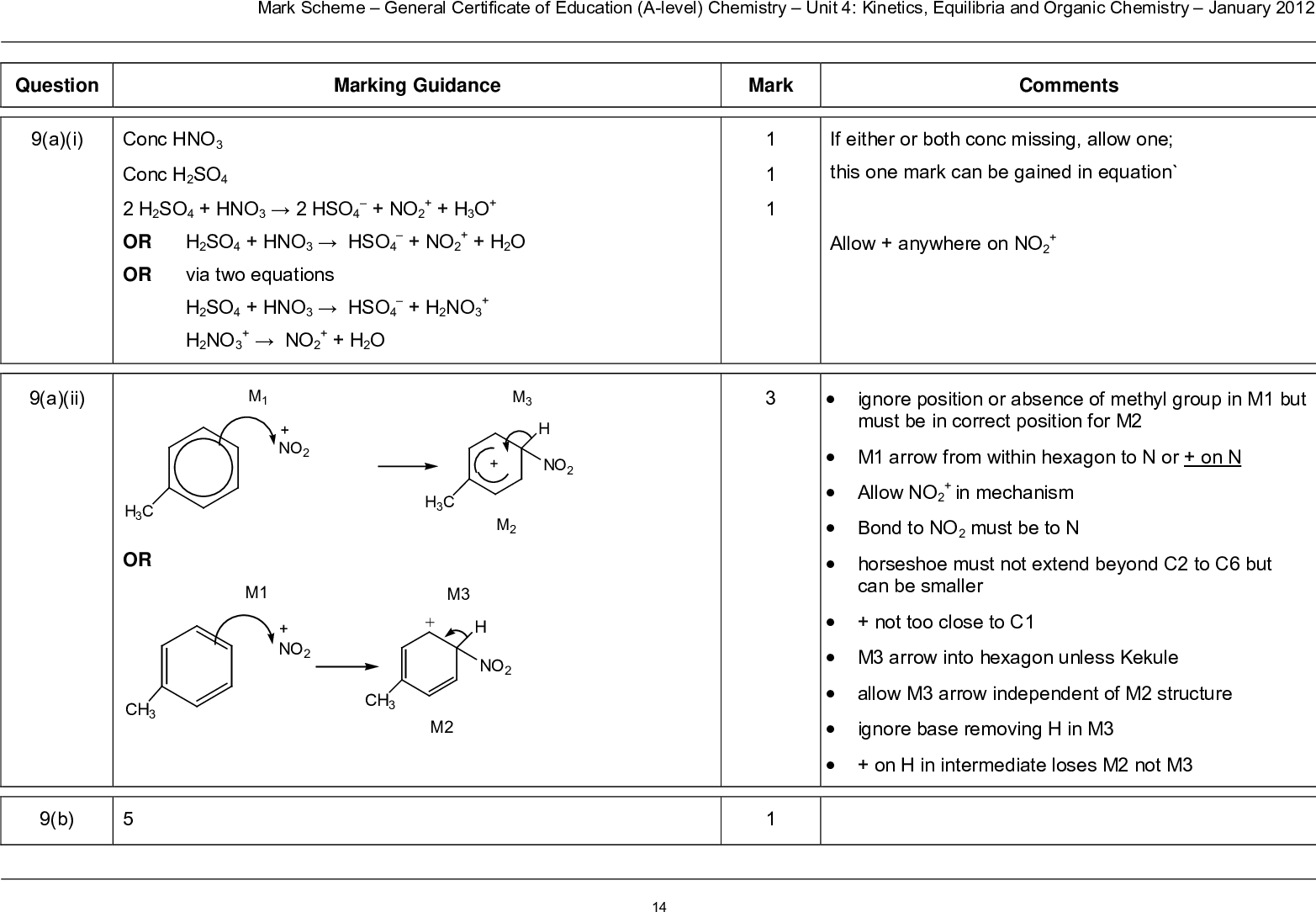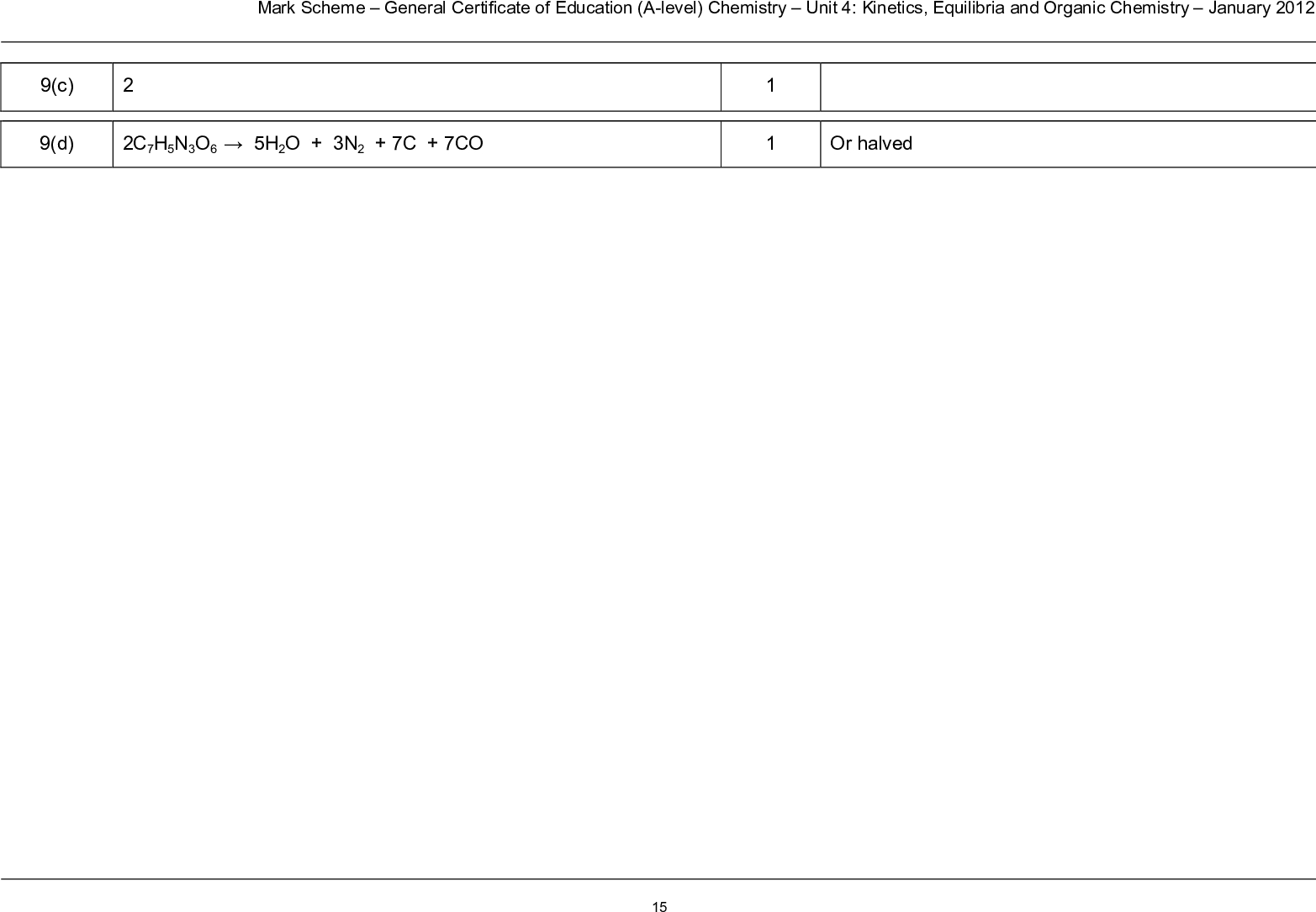





Dipeptides Dipeptides are simple combination molecules of two amino acids with one amide (peptide) link. For any two different amino acids there are two possible combinations of the amino acids in the dipeptide. Proteins NH CH C R O NH CH C R O NH CH C R O N CH C O O CH2 H H CH2 S CH3 N CH C CH2 O H HS N CH C CH2 O H CH H3C CH3 CH C CH3 O N H H Primary Structure of Proteins The primary structure of proteins is the sequence of the 20 different naturally occurring amino acids joined together by condensation reactions with peptide links Secondary Structure of a Protein. Secondary Structure: α-helix The R-groups on the amino acids are all pointed to the outside of the helix Secondary Structure: β-Pleated Sheet Structure of Proteins The secondary structure can also take the form of a β– pleated sheets The protein chain folds into parallel strands side by side The protein chain is held into a the pleated shape by Hydrogen bonds between the H of –N-H group and the – O of C=O of the amino acid much further along the chain in the parallel region . N Goalby chemrevise.org 3 Tertiary Structures of Proteins The tertiary structure is the folding of the secondary structure into more complex shapes. It is held in place by interactions between the R- side groups in more distant amino acids . These can be a variety of interactions including hydrogen bonding, sulphur- sulphur bonds and ionic interactions By Elizabeth Speltz (SpeltzEB) (Own work) [Public domain], via Wikimedia Commons CH2 H3C O H CH2 CH3 O H Hydrogen bonds Hydrogen bonds could form between two serine side chains in different parts of the folded chain. (Other amino acids chains can also hydrogen bond) C O C H CH2 OH H2N OH CH2 H3C C O – O CH3 H3N + ionic interactions Ionic interactions could form between acidic amino acids such as aspartic acid and basic amino acids such as lysine. There is a transfer of a hydrogen ion from the -COOH to the – NH2 group to form zwitterions just as in simple amino acids. CH2 H3C SH CH2 CH3 HS CH2 H3C S CH2 CH3 S C O C H CH2 OH H2N SH cysteine (cys) Sulphur bridges If two cysteine side chains end up near each other due to folding in the protein chain, they can react to form a sulphur bridge, which is a covalent bond. You don’t need to learn the details of these interactions on this page but understand the principles of how the tertiary structure is held in place.Proteins are polymers made from combinations of amino acids. The amino acids are linked by peptide links, which are the amide functional group. The 3D arrangement of amino acids with the polypeptide chain in a corkscrew shape is held in place by Hydrogen bonds between the H of –Nδ- —Hδ+ group and the –O of Cδ+=Oδ- of the fourth amino acid along the chain If proteins are heated with dilute acid or alkali they can be hydrolysed and split back in to their constituent amino acids. The composition of the protein molecule may then be deduced by using paper chromatography Hydrolysis of di-peptides/proteins N CH C O O CH2 H CH H3C CH3 CH C H CH3 O N H H CH C O O CH3 H3N + H H3N + CH C O O CH2 CH H3C CH3 H H+
/
~
~
~
/
3.3.13.2 Proteins (A-level only)
Proteins are sequences of amino acids joined by peptide links.
The importance of hydrogen bonding and sulfur–sulfur bonds in proteins.
The primary, secondary (α-helix and β–pleated sheets) and tertiary structure of proteins.
Hydrolysis of the peptide link produces the constituent amino acids.
Students should be able to:
• draw the structure of a peptide formed from up to three amino acids
• draw the structure of the amino acids formed by hydrolysis of a peptide
• identify primary, secondary and tertiary structures in diagrams
• explain how these structures are maintained by hydrogen bonding and S–S bonds


 3.13 Amino Acids Proteins And Dna Page 1 - 3
3.13 Amino Acids Proteins And Dna Page 1 - 3 Oxford Textbook Pages : 460 - 463
Oxford Textbook Pages : 460 - 463 CGP Revision Guide Pages : 184 - 185
CGP Revision Guide Pages : 184 - 185





